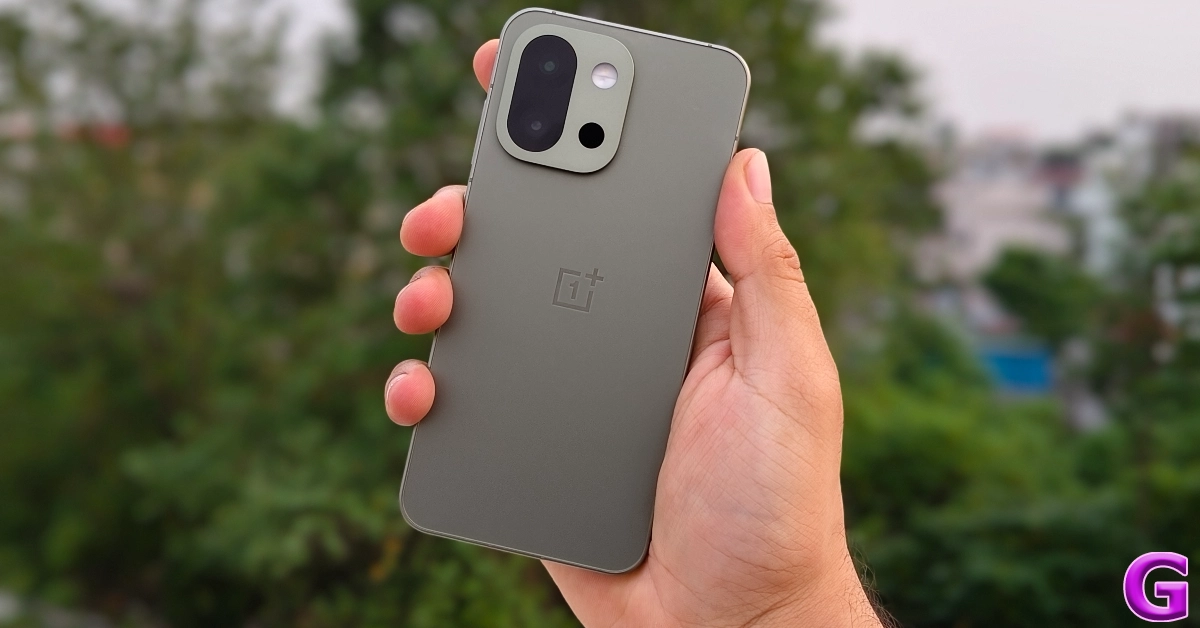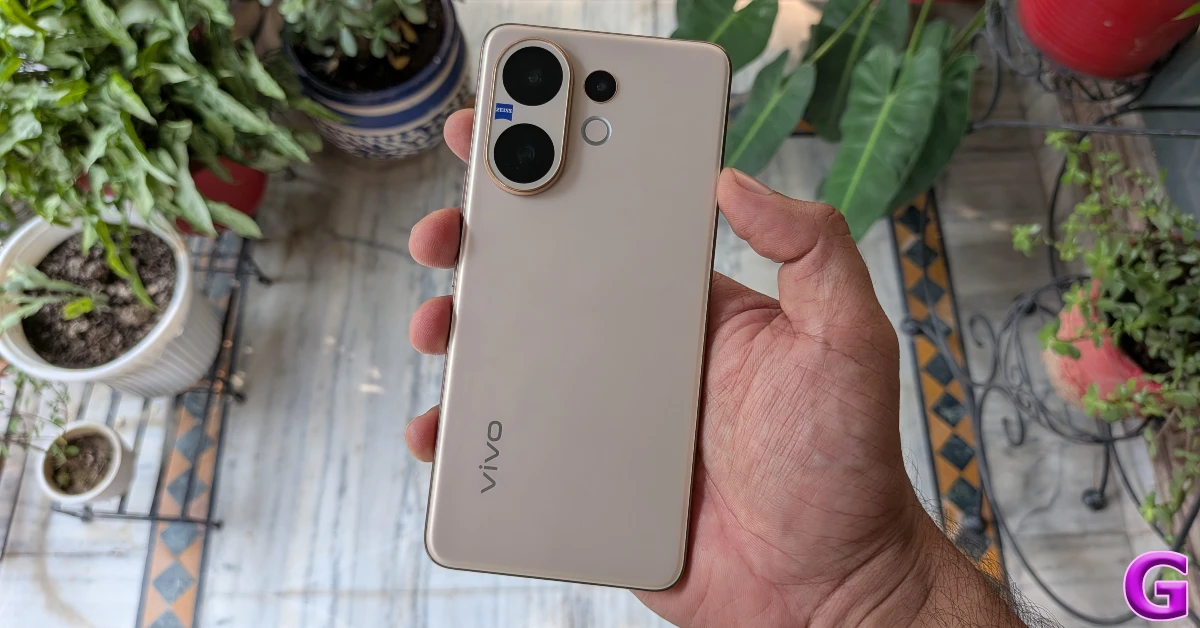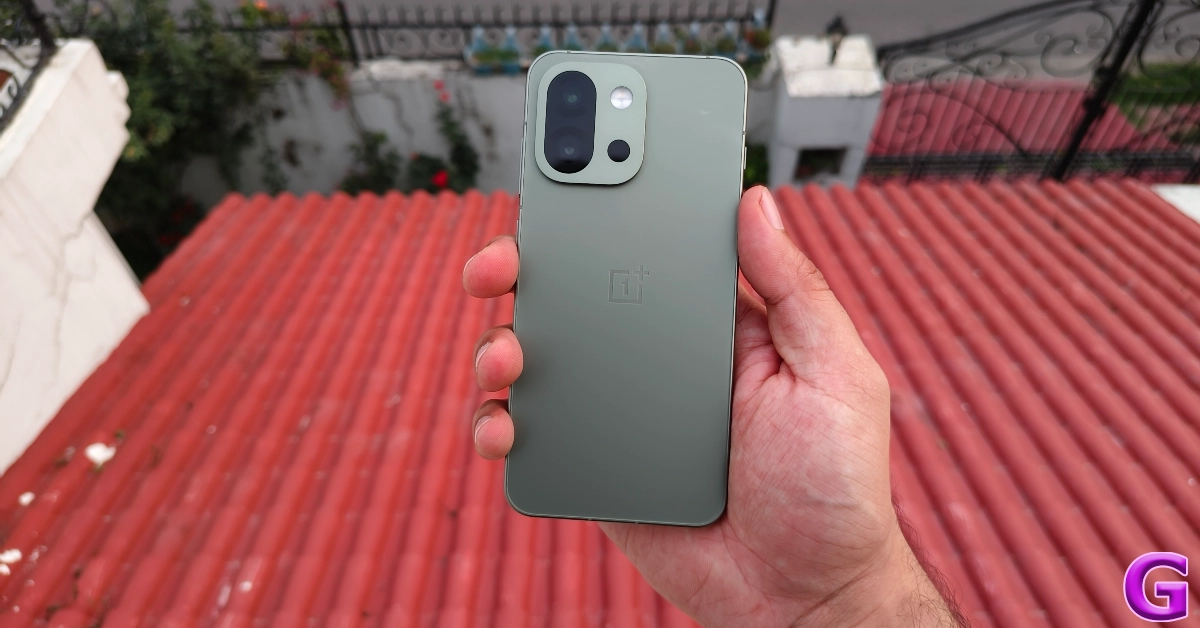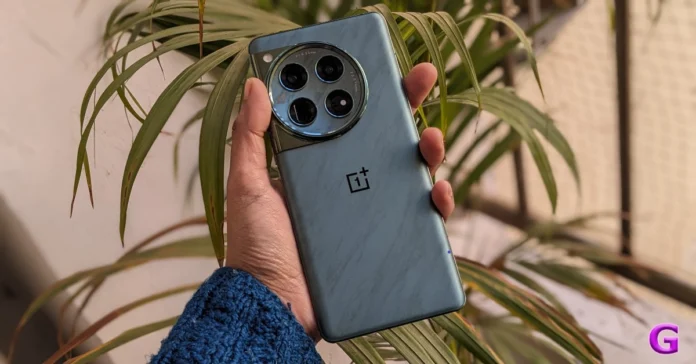As flagships keep getting pricier every year, it makes little sense to pour a lot of money into a high-end phone if you aren’t going to use its ‘Pro’ features. If your primary tasks involve media consumption, web browsing, and taking pictures, an upper midrange phone is the smarter choice. These devices rock powerful chipsets and come with several years of software support. Here are the top 10 smartphones priced under Rs 50,000 in November 2025.
Read Also: Anime Card Clash Codes (November 2025)
In This Article
Samsung Galaxy S24
Last year’s Samsung Galaxy S24 remains one of the top smartphones in 2025. It is powered by the Exynos 2400 SoC and runs the Android 14-based One UI 6 out of the box. The 6.2-inch Dynamic LTPO AMOLED 2X display has a 120Hz refresh rate and peak brightness of up to 2,600 nits. At the back, the triple camera array contains a 50MP primary shooter, a 12MP ultrawide lens, and a 10MP telephoto lens with 3x optical zoom. The 4,000mAh battery pack supports 25W wired and 15W wireless charging. The smartphone rocks one of the most expansive AI suites on a mobile device. To know more about it, check out our review of the Samsung Galaxy S24.
Pros
- Fluid display
- Good cameras
- Wireless charging
Cons
- Mediocre processor
Google Pixel 9a
If you’re not a fan of bumpy rear camera panels, you need to check out the Pixel 9a. With a thickness of 8.9mm, this smartphone is able to eliminate any protrusion from the camera island. The thicker form factor also means that it can accommodate a large 5,100mAh battery pack. There’s support for 23W wired and 7.5W wireless charging on board. The 6.3-inch compact P-OLED display has a 120Hz refresh rate and can reach a peak brightness of 2,700 nits. The dual rear camera setup comprises a 48MP primary shooter and a 13MP ultrawide lens. Check out our Google Pixel 9a review for more details about the phone.
Pros
- Compact form factor
- No camera bump
- Wireless charging
Cons
- No telephoto lens
iPhone 16e
The iPhone 16e is the spiritual successor to the Mini series. Its 6.1-inch Super Retina XDR OLED display can reach a peak brightness of 1,200 nits. Powering the smartphone is Apple’s in-house A18 chipset. This processor is equipped to run Apple Intelligence. OS duties are handled by iOS 18 out of the box. The back panel houses a single 48MP primary shooter. A 12MP front-facing camera is positioned on the notch on the display. The 4,005mAh Li-ion battery pack supports 7.5W Qi wireless charging.
Pros
- Compact
- Powerful processor
- Clean OS
Cons
- No ultrawide or telephoto lens
Vivo V60
The camera-centric Vivo V60 is powered by the Snapdragon 7 Gen 4 chipset and runs the Android 15-based Funtouch 15 OS out of the box. Its 6.77-inch AMOLED display has a 120Hz refresh rate and can reach a peak brightness of 5,000 nits. The rear camera panel houses a 50MP primary shooter, a 50MP periscope telephoto lens with 3x optical zoom, and an 8MP ultrawide lens. The smartphone is rated IP68/IP69 for protection against dust and water. The 6,500mAh Si/C battery pack supports 90W wired charging. Read our Vivo V60 review for a deeper analysis of its photography skills.
Pros
- Great cameras
- Bright display
- Big battery
Cons
- Contains bloatware
Realme GT 7 Pro
The Realme GT 7 Pro is one of the most economical flagship phones out there right now. It is powered by the Snapdragon 8 Elite chipset and runs the Android 15-based Realme UI 6 out of the box. The 6.78-inch LTPO AMOLED display has a 120Hz refresh rate and can reach a peak brightness of 6,500 nits. The rear camera panel houses a 50MP primary shooter, a 50MP telephoto lens with 3x optical zoom, and an 8MP ultrawide lens. The 5,800mAh Si/C battery pack supports 120W fast charging. Read our review of the Realme GT 7 Pro for more details about its general performance.
Pros
- Powerful processor
- Bright display
- Affordable
Cons
- Lacks wireless charging
Oppo Reno14 Pro
The portrait master Oppo Reno14 Pro has an amazing rear camera array. It comprises three 50MP sensors, one each for the primary shooter, ultrawide lens, and telephoto lens with 3.5x optical zoom. At the heart of this phone lies the MediaTek Dimensity 8450 chipset. It runs the Android 15-based ColorOS 15 out of the box. The 6.83-inch AMOLED display has a 120Hz refresh rate. The 6,200mAh battery pack supports 80W wired and 50W wireless charging. Check out our Oppo Reno14 Pro review for a detailed analysis of its cameras.
Pros
- Good cameras
- Cool design
- IP69 rated
Cons
- Mediocre chipset
Nothing Phone (3)
The Nothing Phone (3) retains its see-through design philosophy but replaces the Glyph lighting with a Dot Matrix interface. This interface comes alive by pressing the capacitive button on the back panel. It can relay essential information like the time and temperature, while also incorporating some fun ‘Toys’. The 6.67-inch OLED display has a 120Hz refresh rate and can reach a peak brightness of 4,500 nits. Powering the device is the Snapdragon 8s Gen 4 chipset. The rear camera array comprises a 50MP primary shooter, a 50MP ultrawide lens, and a 50MP periscope telephoto lens with 3x optical zoom. The 5,500mAh battery pack supports 65W wired and 15W wireless charging. Read our Nothing Phone (3) review for more details.
Pros
- Cool design
- Clean OS
- Smooth display
Cons
- Standard pricing is high
iPhone 15
The base variant in the iPhone 15 series still makes a great phone in 2025. It is powered by Apple’s in-house A16 Bionic processor and runs iOS 17 out of the box. Its 6.1-inch Super Retina XDR OLED display has a 60Hz refresh rate and can reach a peak brightness of 2,000 nits. The camera panel at the back houses a 48MP primary shooter and a 12MP ultrawide lens. The 12MP front-facing camera is placed in the Dynamic Island. The 3,349mAh battery pack supports USB-C and wireless charging.
Pros
- Nice design
- Good cameras
- Powerful processor
Cons
- No telephoto lens
OnePlus 13s
The new compact flagship from OnePlus is powered by the Snapdragon 8 Elite chipset and runs the Android 15-based OxygenOS 15 out of the box. Its 6.32-inch LTPO AMOLED display has a 120Hz refresh rate and can reach 1,600 nits in High Brightness Mode. The camera island on the back panel houses a 50MP primary shooter and a 50MP telephoto lens with 2x optical zoom. The 5,850mAh battery pack supports 80W wired charging. Read our review of the OnePlus 13s to learn more about its everyday performance.
Pros
- Compact form factor
- Powerful processor
- Big battery
Cons
- No ultrawide lens
OnePlus 12
Last year’s OnePlus 12 remains one of the best smartphones you can buy in November 2025. Its 6.82-inch LTPO AMOLED display has a 120Hz refresh rate and can reach a peak brightness of 6,000 nits. At the heart of the device lies the Snapdragon 8 Gen 3chipset. Software duties are handled by the Android 14-based OxygenOS 14 out of the box. The rear camera panel houses a 50MP primary shooter, a 64MP periscope telephoto lens with 3x optical zoom, and a 48MP ultrawide lens. Read our OnePlus 12 review for more details about the phone’s performance.
Pros
- Powerful chipset
- Good cameras
- Bright display
Cons
- Lacks an IP68 rating
Read Also: Paytm app gets a makeover; New interface, AI features and more
Final Thoughts
This wraps up our top 10 smartphones priced under Rs 50,000 in November 2025. While you’re here, check out our favourite flagships of the month as well. If you have any questions, let us know in the comments!












